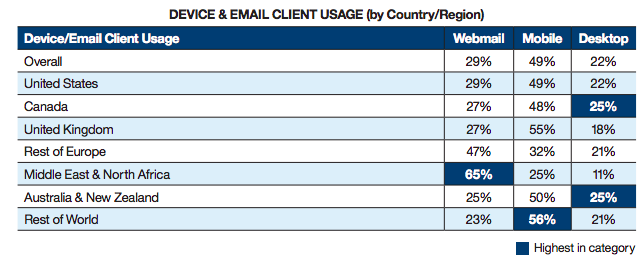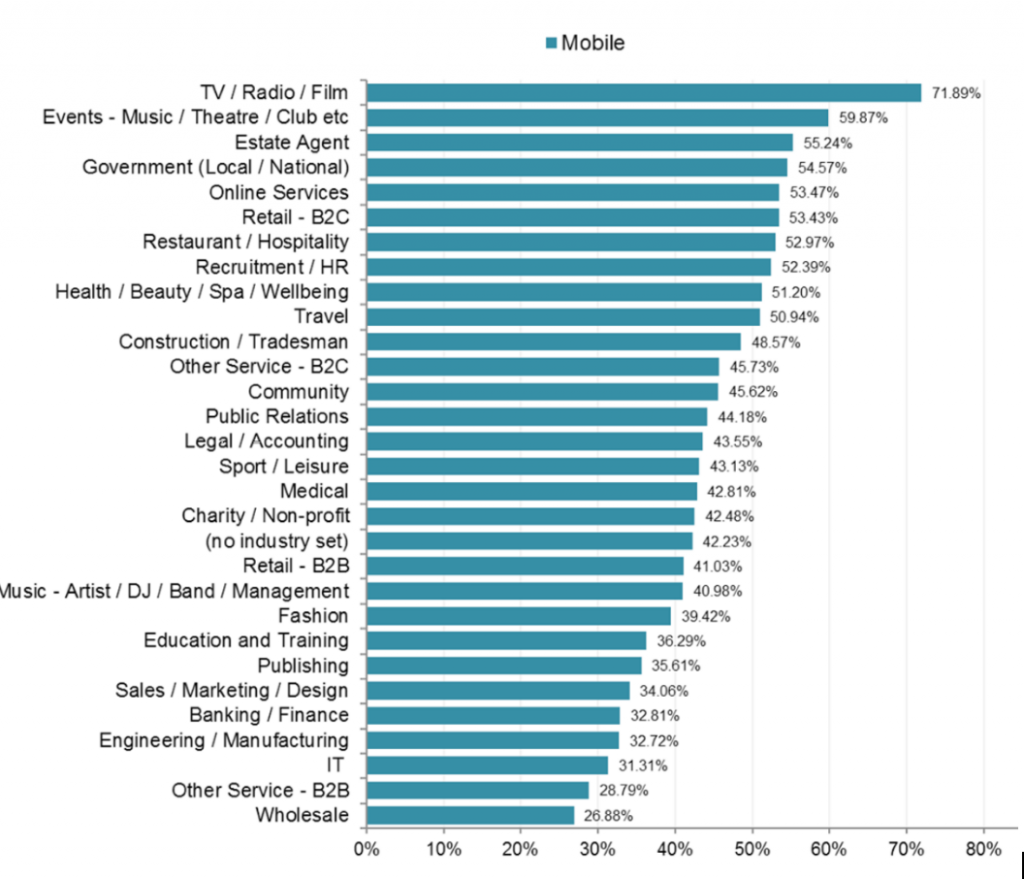
Over the past year, we’ve focused a lot on “mobile-first.” As we mentioned back in February, we need to stop viewing “mobile” as just that. A “smartphone” is much more than a “smart” “phone,” and it serves many purposes beyond being a “mobile” device. We have moved on from the early iPhone days. So, why do many email marketers still see the iPhone as the “secondary” experience? It’s time we recognize that many emails will only be opened on a mobile device.
Smartphones are not just the main computing device for many; for some, their phone and data plan are the only way to access the internet. How does your view of connecting with people shift when you consider that your customer will only check your email on their phone, and anything you ask them to do from that email (like shop, watch a video, or fill out a survey) will be done on their mobile device?
Adopt This Attitude. Win In 2017.
I believe that marketers who adopt this attitude about email marketing can win big in 2017. IBM Marketing Cloud’s new 2016 Email Marketing Metrics Benchmark Study shows us that 56% of emails worldwide (and 49% of emails here in the U.S.) occur on mobile devices:

I also recently read a blog post from NeverBounce that sparked some of these thoughts on mobile and email marketing. In the post, they share the following chart from Sign-up.to’s 2016 Email Marketing Benchmark Report, which reveals that 27 to 71% of email opens occur on a mobile device…
All industries have increased since the year before, with the exception of Sports/Leisure and Sales/Marketing/Design. Now, why would Sales/Marketing/Design decrease? The writers at NeverBounce touch on this issue. It’s called content saturation, a subject I discuss in depth in my new book Finally Human.
Content Saturation Increases, Open Rate Decreases
The idea behind content saturation is similar to an idea you’re already familiar with: supply-and-demand. Supply-and-demand is a key factor in determining a product’s value. If there is a surplus of supply and very little demand, the price will be cheap. Likewise, if there is a surplus of “branded email content” and demand is remaining steady, then the “product” (your company’s emails) will be perceived as having a lower value.
One other reason why branded emails are perceived as having less value today than they might have years ago – back when email was fresh and exciting – is that our daily life has become saturated with emails. All of us have opened countless emails that brought no value, and these experiences have re-shaped how we see email marketing on the whole. We automatically believe that a branded email is going to be boring, irrelevant, or valueless… spam.
Successful Companies Change This Perception
The successful companies are changing this perception. They’re creating mobile-first emails that deliver on value and excitement. As a result, they’re building trust with their audience. They’re growing their lists. And they’re getting sales that can be directly attributed to email.
In the last couple of months, we’ve already shared with you that we believe email marketing will grow in 2017. We also proposed 37 reasons why email marketing is so important today.
